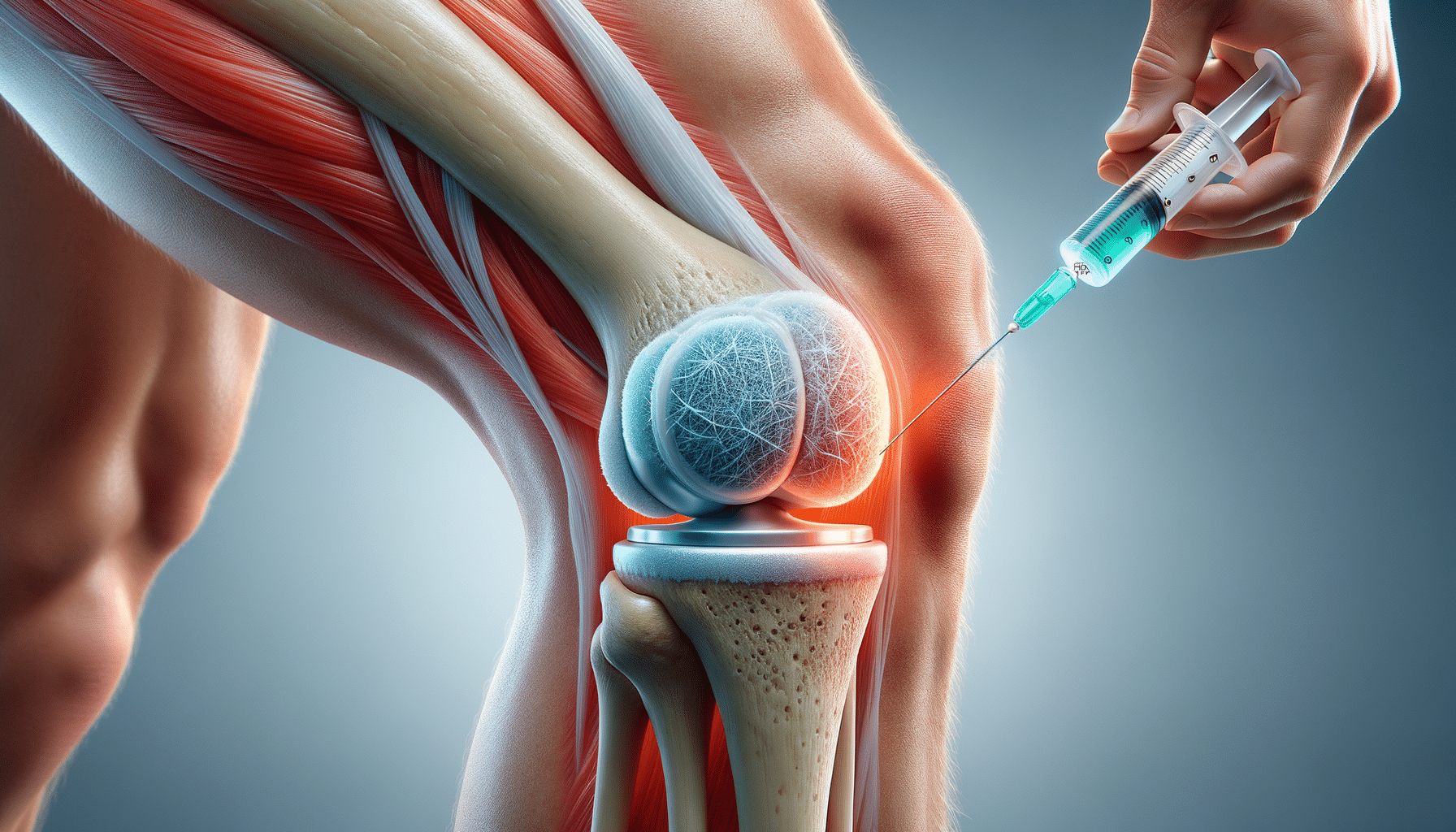
Knee gel injections – What to know before choosing in Sweden
Understanding Knee Gel Injections
Knee gel injections, also known as viscosupplementation, have become a popular treatment option for individuals experiencing knee discomfort, particularly in Sweden. These injections aim to provide relief by supplementing the knee joint with hyaluronic acid, a substance naturally found in the synovial fluid that lubricates joints. As we age or suffer from conditions like osteoarthritis, the concentration of hyaluronic acid in our joints decreases, leading to increased friction and pain.
In Sweden, knee gel injections are often considered when traditional pain relief methods, such as oral medications or physical therapy, have not provided adequate results. The procedure involves injecting a gel-like substance directly into the knee joint, which can help to restore lubrication, reduce pain, and improve mobility. The treatment is minimally invasive, typically performed in a clinical setting, and is known for its relatively quick recovery time.
Patients considering this option should be aware that the effectiveness of knee gel injections can vary. Some individuals report significant improvement in their symptoms, while others may experience only moderate relief. It’s important to have a thorough discussion with a healthcare professional to determine if this treatment aligns with your specific needs and medical history.
The Procedure and What to Expect
For those contemplating knee gel injections, understanding the procedure and setting realistic expectations is crucial. The process generally begins with a consultation with a healthcare provider, who will assess the severity of your condition and discuss potential outcomes. If deemed appropriate, the procedure is scheduled, often requiring little to no preparation from the patient.
During the injection, a healthcare professional will clean the knee area and may use a local anesthetic to minimize discomfort. The gel is then injected directly into the knee joint using a fine needle. The entire process is relatively quick, often completed within 30 minutes. Patients are usually advised to avoid strenuous activities for a short period following the injection to allow the gel to settle and provide maximum benefit.
It’s worth noting that while some patients may experience immediate relief, others might not notice significant changes until a few weeks after the injection. In Sweden, many clinics offer follow-up appointments to monitor progress and determine if additional injections are necessary. The longevity of relief varies, with some individuals experiencing benefits for several months, while others may require repeated treatments.
- Quick and minimally invasive procedure
- Potential for significant pain reduction
- Varied response times and relief duration
Considerations and Potential Risks
Before opting for knee gel injections, it’s essential to consider both the potential benefits and risks associated with the treatment. While many patients in Sweden have reported positive outcomes, it’s important to be informed about possible side effects and complications. Common side effects include temporary pain or swelling at the injection site, which typically resolves on its own.
Serious complications are rare but can include infection or an allergic reaction to the injected substance. Patients with a history of allergies should discuss this with their healthcare provider to mitigate any risks. Additionally, knee gel injections may not be suitable for everyone, particularly those with severe knee damage or advanced arthritis. In such cases, alternative treatments or surgical options might be recommended.
Ultimately, the decision to pursue knee gel injections should be made collaboratively with a qualified healthcare professional, considering all factors such as medical history, lifestyle, and treatment goals. By weighing the pros and cons, patients can make informed choices that align with their health objectives and improve their quality of life.
- Potential for temporary side effects
- Risks of infection or allergic reactions
- Not suitable for all patients


